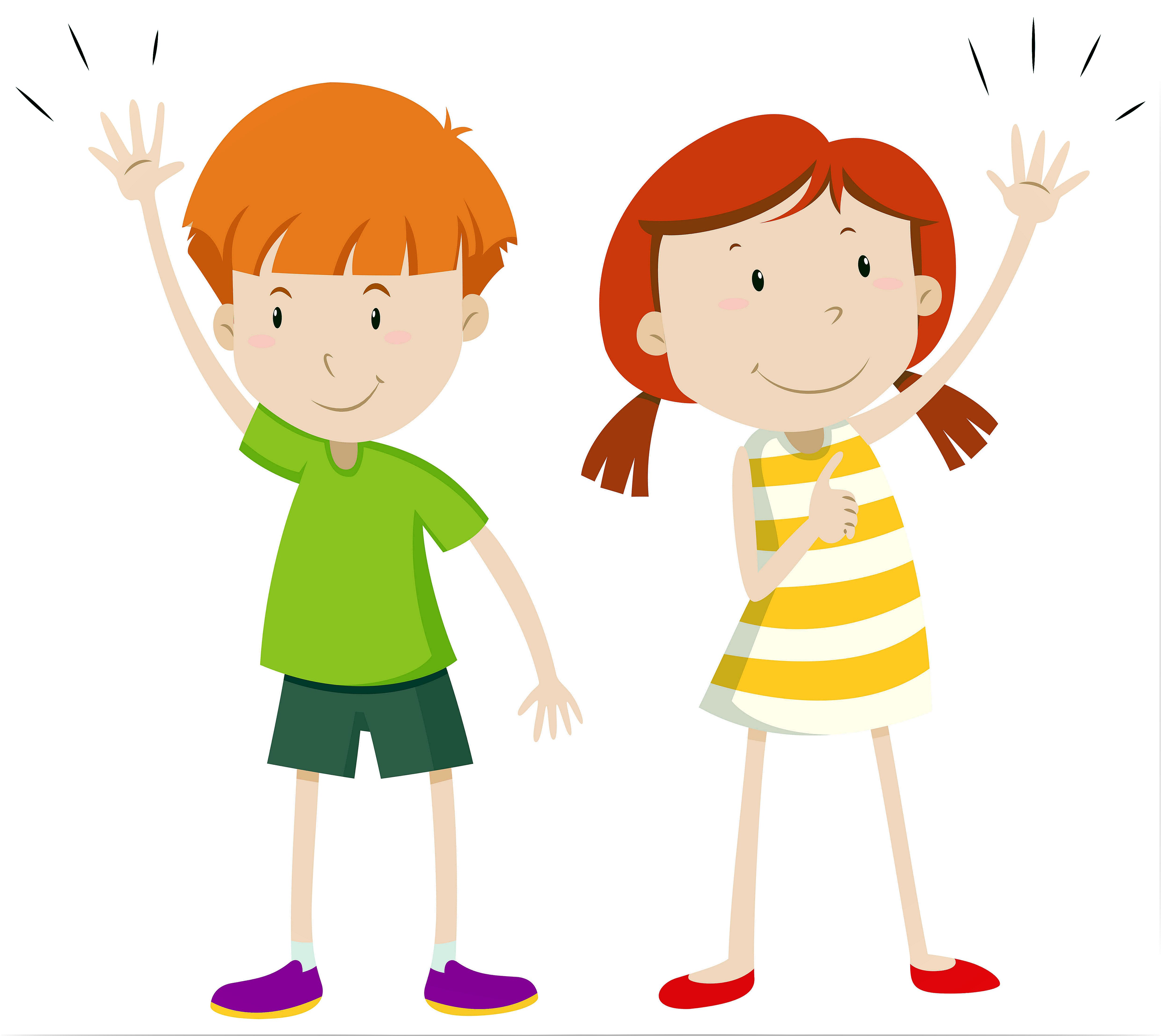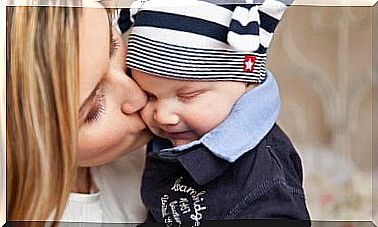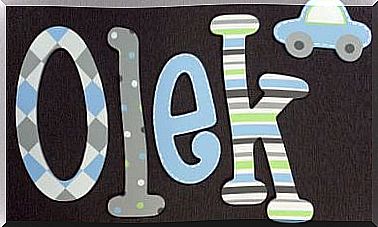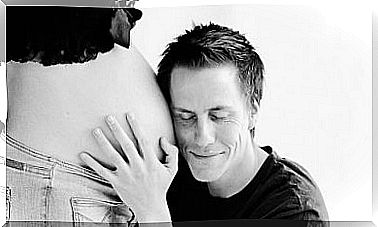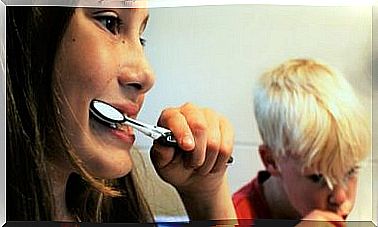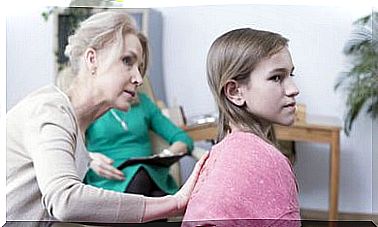Cross Laterality In Children
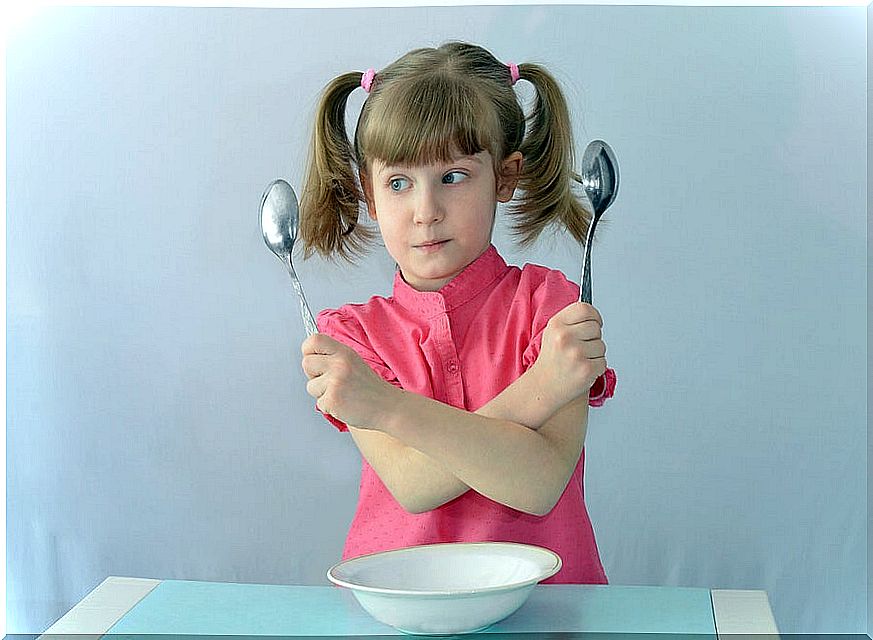
Laterality refers to the preference of humans to use one side of the body. This function of the organism is given by the brain, which is divided into two hemispheres. These govern the functions of the reverse side of the body, so there is a greater prevalence of one of them. In general, cross-laterality in children is defined by the age of five.
In this way, if a child is left-handed, he is known as left-handed; otherwise, he is a right-handed child. However , in both cases there is a homogeneous laterality; that is, right-handed or left-handed for both the hand, foot and eye.
Defining crossed laterality in children
There is a percentage of the population that, due to genetic causes, does not develop the laterality process appropriately. For this reason, there are boys who are not homolaterally right-handed or left-handed, but rather have crossed laterality.
This condition is considered a neurophysiological alteration that affects the cognitive development of the individual. Therefore, they can present learning problems.
How to know if a child has crossed laterality
Given that laterality affects the nervous system, those who suffer from this condition have reduced ability to organize higher functions. Some of these functions – very important – can be: logic, language, concentration, mathematics and emotional well-being.
This means that the child can eat or write with the right hand but use the left foot or eye for certain activities. A patient with this characteristic may have difficulty keeping balanced, falls frequently, and may write incomprehensibly.
In addition, they tend to be slow to move, have poor reflexes, impaired reading comprehension, or skip lines and words. By not having a perception of time and space, a large part of the activities are carried out mechanically, without achieving any understanding.
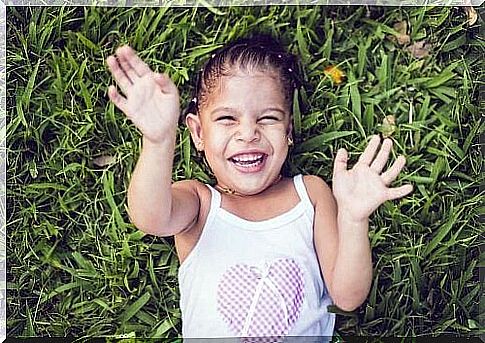
Types of crossed laterality in children
To be able to determine the crossed laterality in children, it is essential to carry out a complete test that evaluates the dominance of each side. This test includes the hands, the ears, the eyes, the static leg and the dynamics, the motor skills of the face and the function of the cervicals.
The most common types of cross laterality are:
- Contrary laterality : it is the one that appears when the child has reversed his natural tendency; that is, if you have left-handed dominance, you are forced to use the right.
- Ambidextrous patients : perform some functions with the right and others with the left.
- Opposing crossed laterality : it is the one that occurs when the child, in opposition to a certain emotional factor, writes with the opposite hand.
- When both hands are used interchangeably.
Many parents believe that cross-laterality is an innate quality or aptitude of the child. However, an evaluation is necessary to help you organize your nervous system and avoid future complications.
Is there treatment?
One of the positive aspects of this condition is that it can be treated; the earlier the diagnosis, the better the results. The appropriate age can range from four to five years, although there are also therapies for adults. Most of the time there can be an 80% improvement, although there are cases that it turns out to be 100%.
The treatment consists of reorganizing the nervous system through specific exercises and stimulation of the non-worked areas. Also, the synapse or communication between neurons is stimulated so that nerve impulses occur that focus on the affected areas. The therapies are personalized and provided by professionals in the area.

Consequences of not treating it properly
When symptoms of the condition become acute, reading and writing becomes difficult over time. Likewise, the understanding of mathematical activities and orientation of space and time is hampered. The child finds it difficult to carry out everyday tasks.
The consequences, then, can be: lack of motivation towards learning, depression, emotional disorders, low self-esteem and lack of interest in basic activities. Therefore, an early diagnosis can make a difference.
